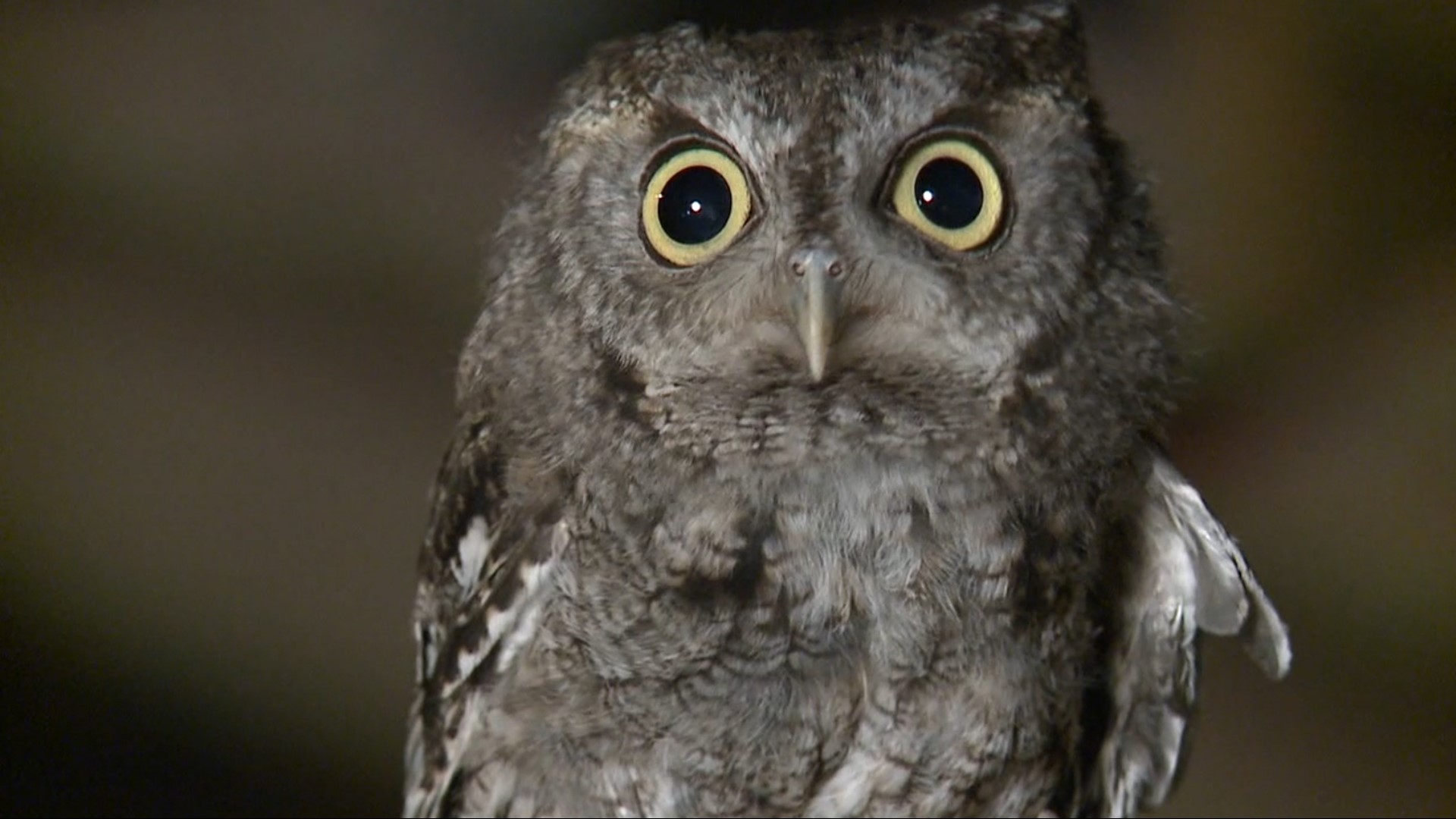HERSHEY, Pa. — As a particularly contagious strain of avian influenza continues to hit birds across the country, zoos are taking extra precautions to keep their animals safe.
The United States Department of Agriculture (USDA) found the strain in wild birds on Jan. 13. The Pennsylvania Game Commission detected the strain in Pennsylvania birds by Feb. 25.
The last major outbreak killed 50 million birds in 2015. This year, farmers have been forced to kill nearly 23 million infected or potentially infected birds, mostly chickens and turkeys.
In early February, ZooAmerica in Hershey moved 14 birds from seven species—snowy owls, bald eagles, sandhill crane, wild turkeys, red-tailed hawk, peregrine falcons and turkey vultures—to indoor or covered locations. Roofs protect animals from bird droppings, one of the major pathways for the virus to spread.
The caution against contact with wild birds or their droppings comes as duck and goose migration season hits its peak in April, May and early June.
“We do have some endangered species, so we are taking precautions with them,” said Theresa Wilson, ZooAmerica manager. “We are wearing booties, masks and gloves, and making sure that we are cleaning and disinfecting in between each bird.”
Zoo visitors won’t be able to see some of the species while they’re living inside. Others are staying outside as long as zoo officials don’t have further reason to move them.
“He’s still out in public view for now so that people can still come and visit him,” Wilson said.
Spotting whether a bird has avian influenza can be difficult.
“There could be some neurological symptoms, maybe stumbling or respiratory symptoms as well,” Wilson said. “Sometimes we won’t see the symptoms but you might see a bird that’s passed away somewhere.”
The avian flu carries a low risk for humans, according to the CDC, as it has not become zoonotic. Eggs and poultry products are also safe when properly cooked.

